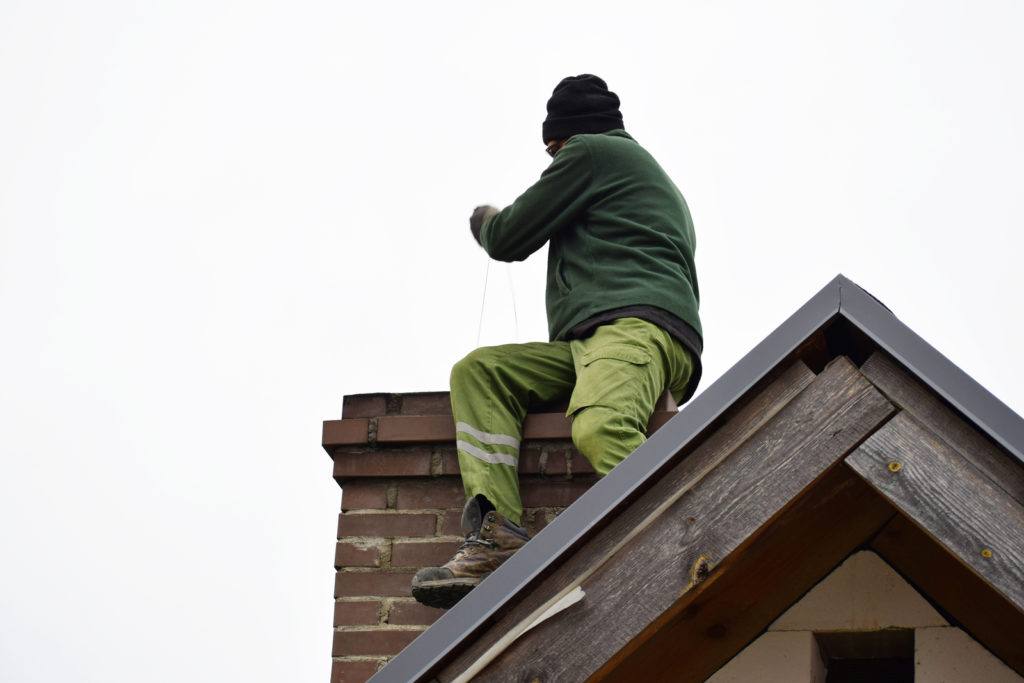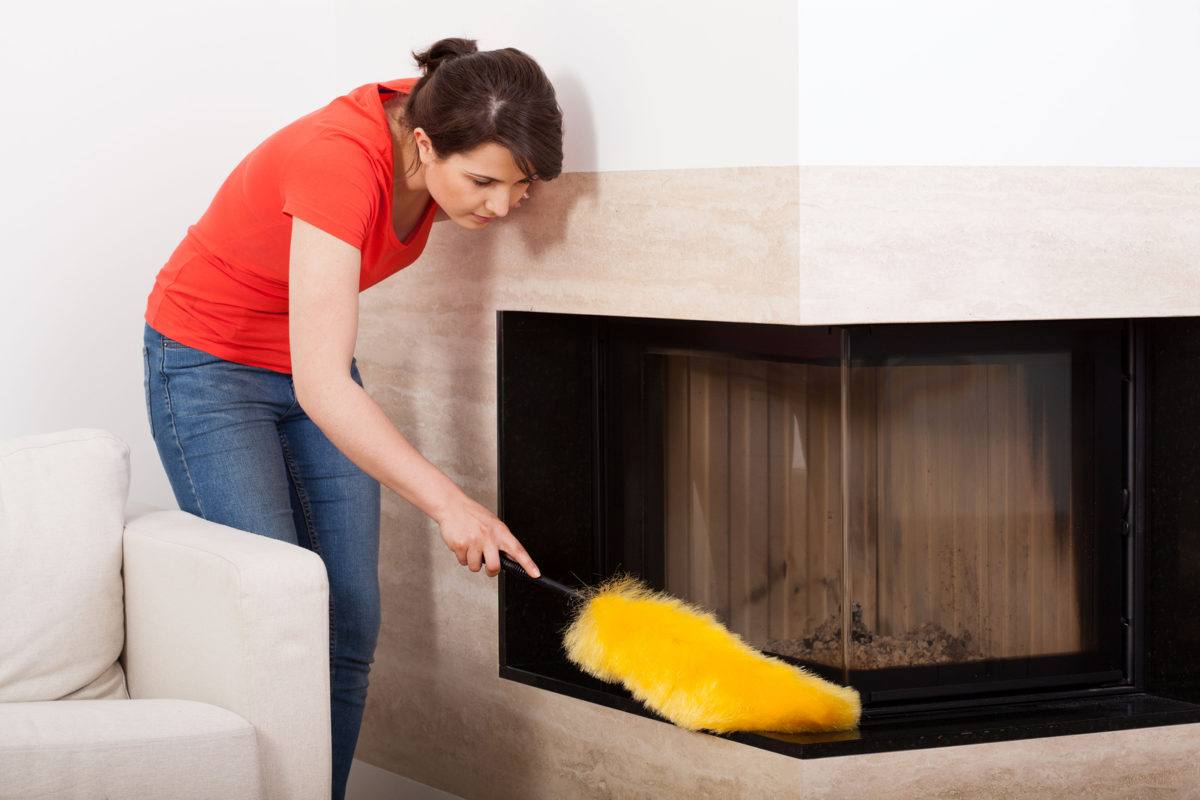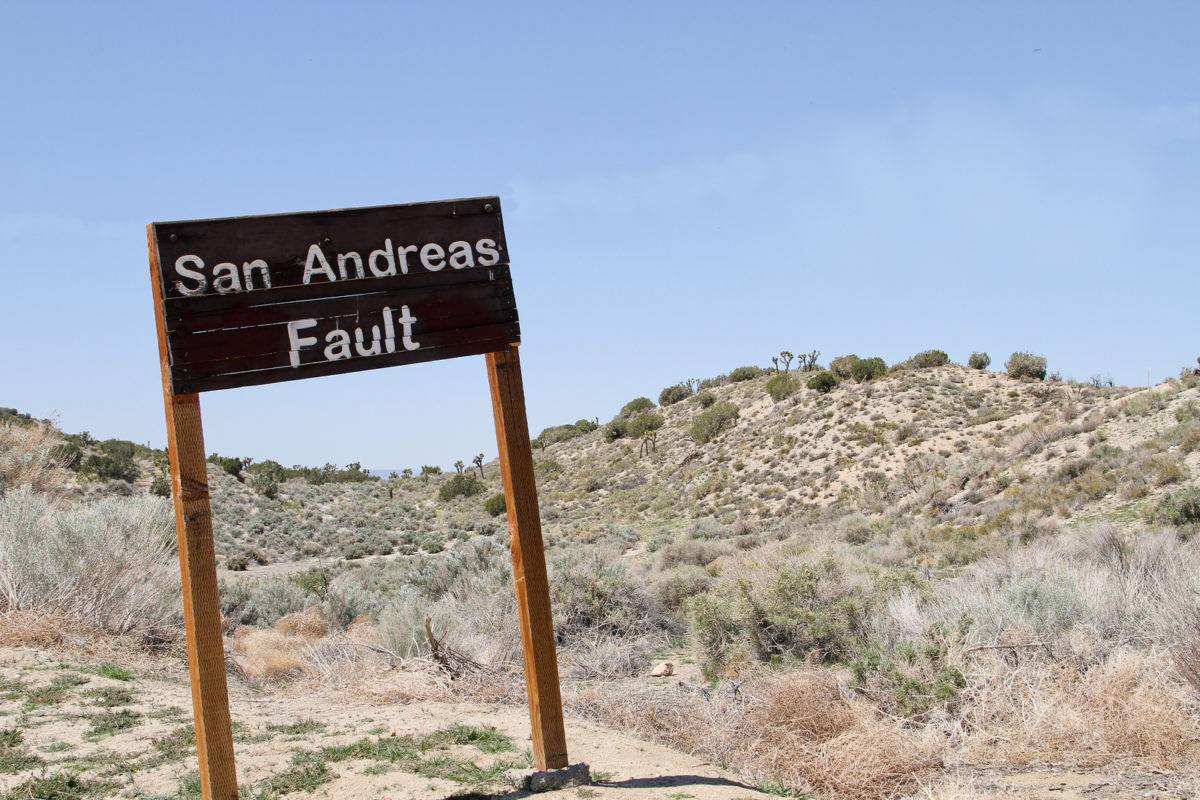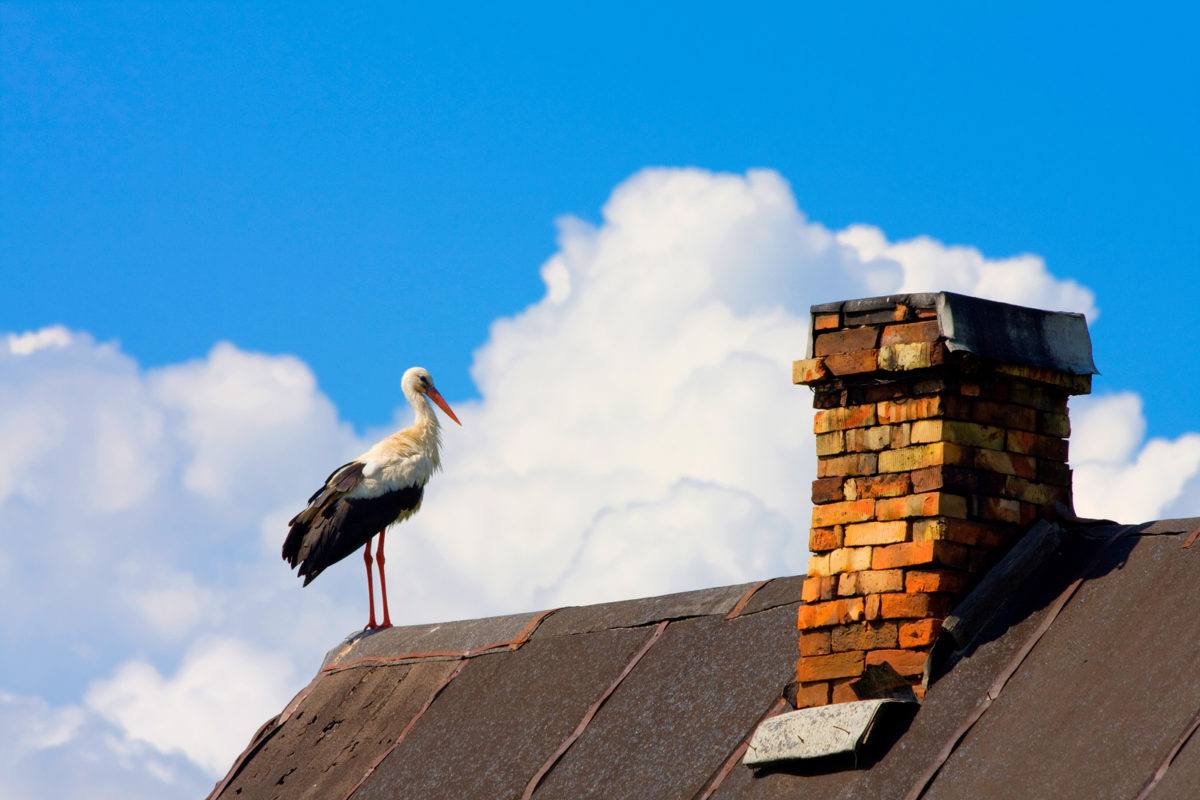Chimneys need to be swept to remove residue that can block the flue and prevent proper drafting. This also removes flammable deposits which can cause a chimney fire. All types of appliances which burn fuel and vent to the outdoors should be inspected annually and cleaned when needed.
Plenty of homeowners assume they don’t have to clean their chimneys out if they don’t use them. Unfortunately, it doesn’t work out that way. If you don’t use your chimney, nature will. If you infrequently use your chimney, it can start to look like a great place for a nest to birds, squirrels, or raccoons. Their nesting debris, along with any sticks or leaves blown in, need to be removed to ensure that your chimney isn’t a fire hazard. Have a professional inspect and sweep your chimney to make sure it’s safe.
Have chimneys cleaned at least once a year, usually before cold weather sets in. Scheduling a fall cleaning will also clear out anything that might have fallen into the chimney during the summer.
Signs You Need A Fireplace Chimney Cleaning Even If You Haven’t Been Using Your Fireplace:
Strong Odors
If you had strong odors coming from your chimney the last time you used it, you probably have an issue with your chimney. Fires should produce a pleasant odor from the burning wood rather than from the soot that is stuck within your chimney. A drafting problem can easily cause smoke to gather in your home rather than going up through the chimney. Avoid smoke damage by paying attention to strong smells when burning a fire.
Creosote Build Up In Fireplaces
Creosote is a flammable substance that builds up in fireplaces and needs regular cleaning to prevent chimney fires. If the last time you had your chimney cleaned was before the previous burning season, then you have creosote in your chimney. Especially if you haven’t had the chimney cleaned since moving into a new place, you can’t know how much creosote is in there, waiting to light at the next fire. The only safe choice is to start a new fall/winter season with a clean chimney.
Hearing Animals Inside
Chimneys that are not in use are warm, dry places for animals and birds to call home. Chimneys are notorious for hiding birds nesting spots, and this can be a safety hazard. Nests can block the exit point of a chimney and cause smoke to back up into your home. Nests can also cause a fire on top of your home. If you hear animals or birds inside your wall or chimney you’ll need help clearing them out.
A Year Has Passed Since Your Last Fireplace Chimney Cleaning
As we noted above, you don’t know who’s been nesting in there, or what’s fallen or blown in from the outdoors. That alone creates enough risk to have a fireplace chimney cleaning before you start using your fireplace again.
Look for a chimney sweep credentialed by the National Chimney Sweep Guild or the Chimney Safety Institute of America, like The Irish Sweep.
Annual cleaning and inspections are very important to the safe and efficient operation of your home’s fireplace. The fireplace chimney cleaning process averages 45 minutes to one hour.




